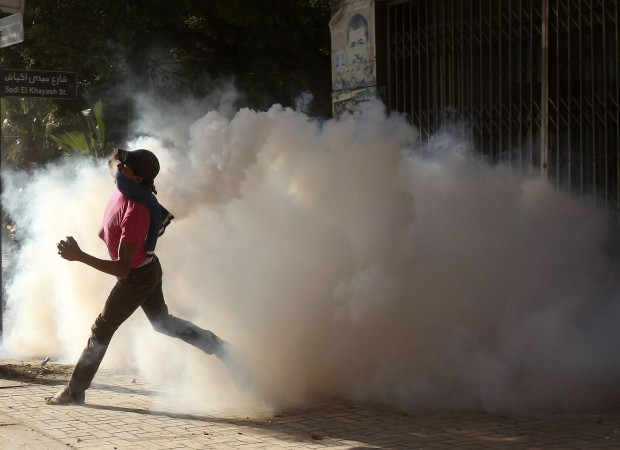God fights against oppression and tyranny but they still remain, despite their enduring connotations of hardship, corruption, injustice, tragedy, and brutality. Like alcohol, oppression and tyranny are primarily a great source of sin, but that is not to say they have no advantages. One of the biggest virtues of tyranny is its accompanying security and economic stability, and this is exactly what the states of Egypt, Tunisia, Syria, Libya, Iraq, and Somalia have lost. It is important to point out here that the latter two, Iraq and Somalia, are completely different cases to the Arab Spring revolutions, as change did not come about as a result of a mass popular movement. The regime in Iraq was overthrown by a superpower that attacked it, and as for Somalia, Siad Barre’s rule was reliant upon a contract structured around tribal and ideological complexities. But the common factor that brings Iraq and Somalia together with the rest of the Arab revolutions is the “forced” change of a strong and stable regime, regardless of who actually carried it out. The Saddam, Mubarak, Assad, Ben Ali, Saleh, Barre, and Gaddafi regimes were all controlled by leaders who held onto power with an iron fist. It is true that they suppressed their people, squandered their wealth, and ravaged, destroyed, and killed, but in return they ensured a stable country and a strong central government.
So far, in all of the Arab Spring states without exception, there does not appear to be anything on the horizon to warm the hearts of the masses. Some tyrannical figures were executed and others overthrown, and the revolutionaries breathed in the air of freedom and finally expressed their opinions, but nevertheless the Arab Spring, in some cases, left behind massive destruction, tens of thousands injured or dead, and millions displaced, as in Syria. At best it left behind weak central governments, fragile security, teetering economies, and disturbances in the street out of the state’s control, as in Egypt, Tunisia, and Yemen. As for Libya, the government’s control does not extend beyond the capital Tripoli, while the rest of the country remains under the control of battalions affiliated to tribes or armed groups motivated by different ideologies.
I am certainly aware that the most notorious consequences of revolutions—whether ancient or modern, Arab or non-Arab—are what we are witnessing now in the countries of the Arab Spring, from fragile security, political unrest, to economic stagnation. The post-revolution situation in these countries is like a patient after an operation to replace his heart or to remove a large tumor from his brain; a long period of recovery is needed. However, the most important observation in this regard remains that the price paid was too high and too dangerous. The Arab revolutions, in terms of their danger, were exactly like a high-risk medical procedure; either it leads to complete success, death, or the patient remains in a critical condition. In the Arab Spring states, no country has been restored to full health but none are resting with the dead either.
The key issue is that the majority of people in the Arab states where revolutions did not break out still consider the Arab Spring as an inspiration for change. They have become intoxicated with the overthrow of tyrannical leaders, energized by the roars of the masses in their million-man marches, but still they completely overlook the critical conditions created by these revolutions. These sentiments, coupled with the state of congestion caused by corruption, poor management, and declining popular participation in decision-making, create a favorable climate for infection. As a result, a number of Arab states are no longer safe from the fire of revolutions, regardless of whether they feel immune themselves. Here it would be wrong to rely on changing the convictions of people, for this is nearly impossible. It is more realistic for governments to strive to keep pace with the changes with genuine reforms and an honest and effective fight against corruption.
